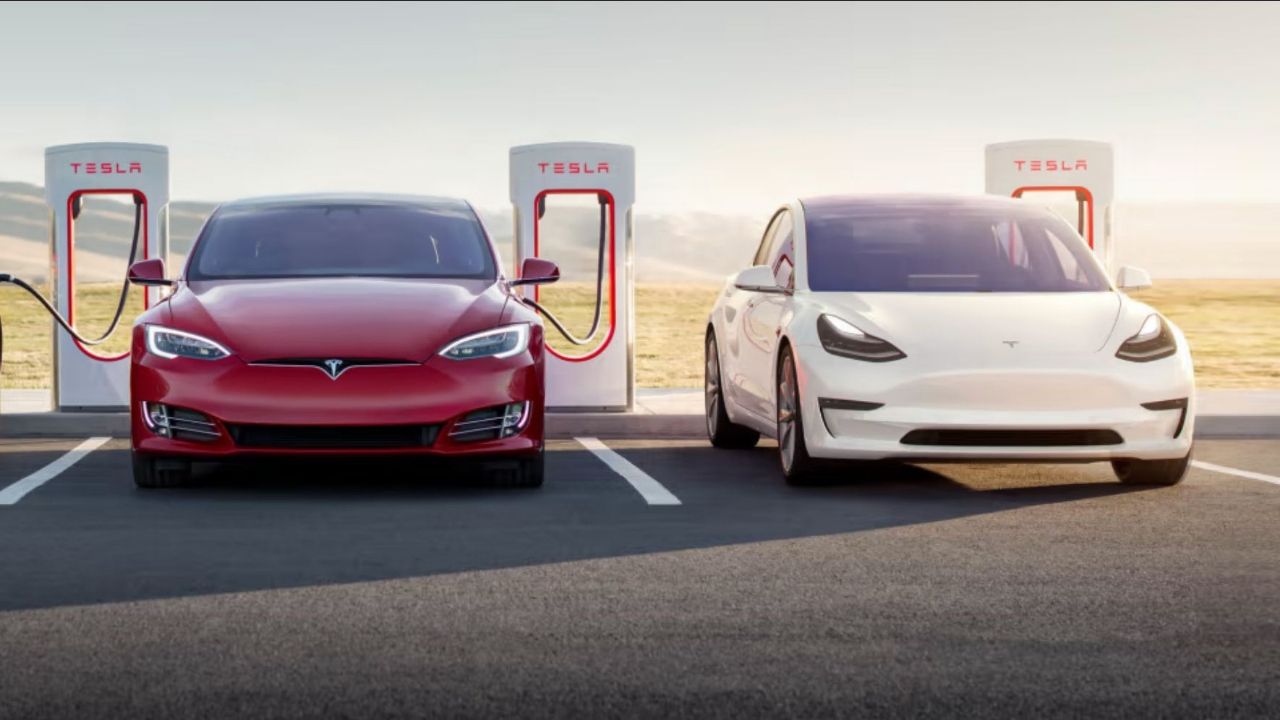The Tesla Model 3 has revolutionized the electric vehicle (EV) market with its blend of performance, efficiency, and affordability. As a potential owner or current user, understanding the intricacies of charging time, range, and cost is crucial for maximizing your experience. This guide delves into everything you need to know about charging your Tesla Model 3, from home charger setups to the cost implications of keeping your EV powered up. We will also explore various charging options, the factors affecting charge time, and how to make the most out of your Tesla’s range capabilities.
Understanding Tesla Model 3 Charging Options
Tesla has several charging options for the Model 3: Tesla home, destination and mobile connector. Most Tesla owners use the home charger to replenish energy for their vehicles overnight. The Tesla home charger is plugged into a 240-volt outlet, and the charging time varies from model to model. The most current Tesla Model 3 in 2022 takes approximately 7-10 hours to fully charge based on its range. Tesla’s mobile connector is available for those who might need to charge their vehicles at various places with different power outputs.
Fast public charging, such as Tesla Superchargers, is an alternative to domestic charging. A Tesla Supercharger can charge a Model 3 battery to 80 per cent in as little as 20-30 minutes, making it an efficient option for long-distance driving. Tesla has partnered with other charging networks to gain access to a wider range of public chargers. Owners can therefore choose between different charging methods, depending on their driving habits and lifestyle.
Factors Affecting Tesla Model 3 Charging Time
There are few factors that influence the speed of charging the Tesla Model 3. Therefore I am going to consider several of them why charging my car.
In general, the car charging time depends on the charging power. The speed of charging is different when you use a home charger or standard public charger. They are always slower than Tesla Supercharger charger. Another factor which affects the speed, is the state of charge of the battery. It takes more time to charge car from 80% of battery to 100%, than from 20% battery to 80%.
And keep in mind that ambient temp and battery condition will play a role in charging time. Going to the cabin when it’s really cold and trying to charge the car really fast means wait times. This is due to why the Tesla slowly raises SOC max temp at the start of a charge. The battery must reach thermal equilibrium before maximum charging speed. Too many fast charges will degrade the battery over time, leading to slight reductions in speed and efficiency of future charging.
Tesla Model 3 Range Capabilities
The extent of a Tesla Model 3’s range is an important factor that draws many buyers to this electric car. The Model 3 has two variants available, each having different ranges. The Standard Range Plus, a more cost-efficient version, promises around 263 miles on a single charge, while the Long Range version can go up to 353 miles. This difference in range gives it a variety of uses, from day-to-day commutes to long-distance travelling.
As far as extending the range, there are many suspected factors of battery consumption that you can take care of in order to prolong your car’s traveling. Your driving style is a key one. For example, driving at a constant speed and refraining from abrupt acceleration can nearly double your range. External conditions also play a role – for instance, cold climates and hilly terrains can potentially reduce your range. Upon acknowledgment of these conditions, Tesla Model 3 users can then embrace and take advantage of what their vehicles are truly capable of.
Cost of Charging a Tesla Model 3
One of the benefits of electric vehicles is that it is much cheaper to operate then running a petrol (gasoline) car. You can typically charge an EV at home for less than at a standard charging station. The cost depends on the local electricity rate and the capacity of the EV battery. A typical Tesla Model 3 user reports that by charging from 0% to 100% using a typical home/garage charger you spend between $10 and $15 depending on the price of electricity and the efficiency of your home charger.
Public fastcharging stations and Superchargers, while more convenient and quicker, are also more expensive. Often a Supercharger charges by the kilowatt-hour, and can be a little expensive, even considering that most home rates are a little higher than fuel costs. But the convenience and speed of Superchargers can outweigh that cost, especially when travelling long distances. You’ll have to do the math: figure out what you’ve spent at the end of the month, and figure out if you’ve done better charging at home or paying for Superchargers while on the road, or a combination of the two. That depends on you and how you drive.
Tesla Home Charger Installation and Use
A Tesla home charger is very easy to install and will increase the utility of your electric vehicle with its ability to charge at a much higher rate than standard 120v household outlets. Tesla supplies you with a Wall Connector with the intent that it be mounted to a wall in the garage or car port of your choosing. Making use of a NEMA 14-50 outlet, it offers the ability to charge at a rate of up to 44 miles of range per hour of charge intended for overnight charging. This normally requires a licensed electrician to make sure it is setup correctly according to local codes and safety requirements.
What’s not to like? A Tesla home charger is simple and intuitive to use. Once installed, you can simply plug your Model 3 in and leave it there to charge overnight, just as you would a smartphone. The Tesla app can track the charging process, you can set up your charger to take advantage of low electricity rates by scheduling charge sessions during off-peak hours, and the app will notify you when you are ready to roll. All this makes the Tesla home charger a must-have accessory for any new Model 3 buyer.
Comparing Tesla Model 3 with Other Electric Vehicles
When the Tesla Model 3 is compared with other electric vehicles (EVs), such as its charging time, range or cost, all these comparisons are based on the assumption that Tesla continues to sell this car by building upon the benefits of the Tesla ‘brand equity’ that Musk has built up over the preceding 15 years. In terms of charging time, for instance, the Chief Executive of Tesla is quick to point out how the long reach of the Tesla Supercharger network gives his cars a decisive advantage over many other EVs. An EV such as the Nissan Leaf or the Chevrolet Bolt (GM) might well take half an hour longer to charge, or – if the car owner happens to rely on public chargers without the benefit of fast-charging capability – even significantly longer.
Range-wise, the Model 3’s Long Range version also surpasses many competitors once again with a charging capacity of 353 miles, which is higher than most EVs in this price range. Purchase –wise, while the initial price of the Model 3 could be higher, the lower running and operating costs and the availability of quicker charging infrastructure also make Tesla Model 3 more economical over a longer period of time. These comparisons between Tesla Model 3 and the other electric cars depict the advantages of opting for Tesla Model 3 over any other EV.
Conclusion
Understanding the charging dynamics of the Tesla Model 3, including the time required, range capabilities, and associated costs, is essential for any owner or prospective buyer. With multiple charging options, from home setups to Superchargers, and a variety of factors influencing charging efficiency, Tesla provides a comprehensive solution for modern electric vehicle needs. By being aware of these aspects, owners can maximize their Model 3’s performance, ensure cost-effective charging, and enjoy the convenience of one of the market’s leading electric vehicles. The Tesla Model 3 not only stands out in terms of technology and performance but also offers practical and economical benefits that make it a compelling choice in the EV landscape.




